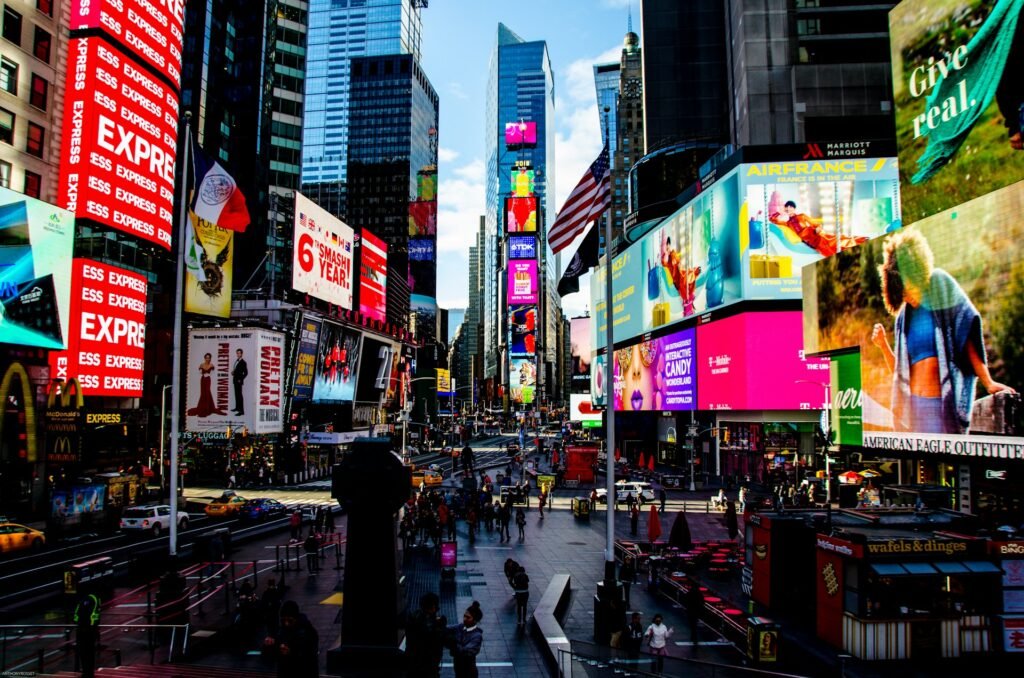In modern day you’ll see modern demands of design & creative practices. Eco-friendly design is increasingly becoming a demand in modern day design practice for a sustainable & reusable production of design. What is eco-friendly design? It is basically less or no consumption of printable materials, reducing file size for using less energy for display & promoting digital work over print.

Sustainable graphic design practices not only help reduce environmental impact but also often result in innovative and meaningful work. Here are some tips for incorporating eco-friendly practices into your graphic design process:
Using Sustainable Materials
When designing for print, choose materials that have a lower environmental impact. Recycled paper, organic inks, and materials from sustainably managed sources are great options. Additionally, consider the longevity and recyclability of the materials you select to ensure they contribute positively to the lifecycle of your product.
Minimizing Ink Usage
Ink usage not only affects the cost of printing but also its environmental footprint. Opt for designs that use less ink by incorporating more white space and choosing lighter colors. When possible, use eco-friendly inks made from vegetable or soy-based substances, which are less harmful to the environment compared to petroleum-based inks.
Optimizing Digital Designs for Energy Efficiency
For digital designs, consider the energy required to display your designs on screens. Darker colors, particularly black, consume less energy on LED and OLED screens. Designing with energy consumption in mind can contribute to overall sustainability, especially for platforms with high traffic. In other words, if you are looking for print, use light colors. But if you are looking for a digital display, use dark colors.
Reducing File Sizes
Larger digital files consume more energy in storage and transmission. By optimizing images and graphics for the web, you can reduce file sizes without compromising quality. Efficient file management not only speeds up website loading times but also minimizes the energy required to host and share digital content.
Designing with Longevity in Mind
Create timeless designs that can be reused or easily updated without needing a complete overhaul. Avoid trendy elements that quickly become dated, and instead focus on creating durable visuals that have a longer shelf life. This approach reduces the need for frequent redesigns, saving resources in the long run.
Promoting Digital Over Print
Whenever possible, opt for digital formats over print to save on physical resources. Digital products don’t require paper, ink, or physical distribution, which significantly reduces their environmental impact. For instances where print is necessary, provide guidance on responsible disposal or recycling.
Adopting eco-friendly design practices is not only beneficial for the environment but can also enhance your work’s value and relevance in a world increasingly focused on sustainability. By integrating these tips into your workflow, you can contribute to a more sustainable future while continuing to produce high-quality, impactful designs.

